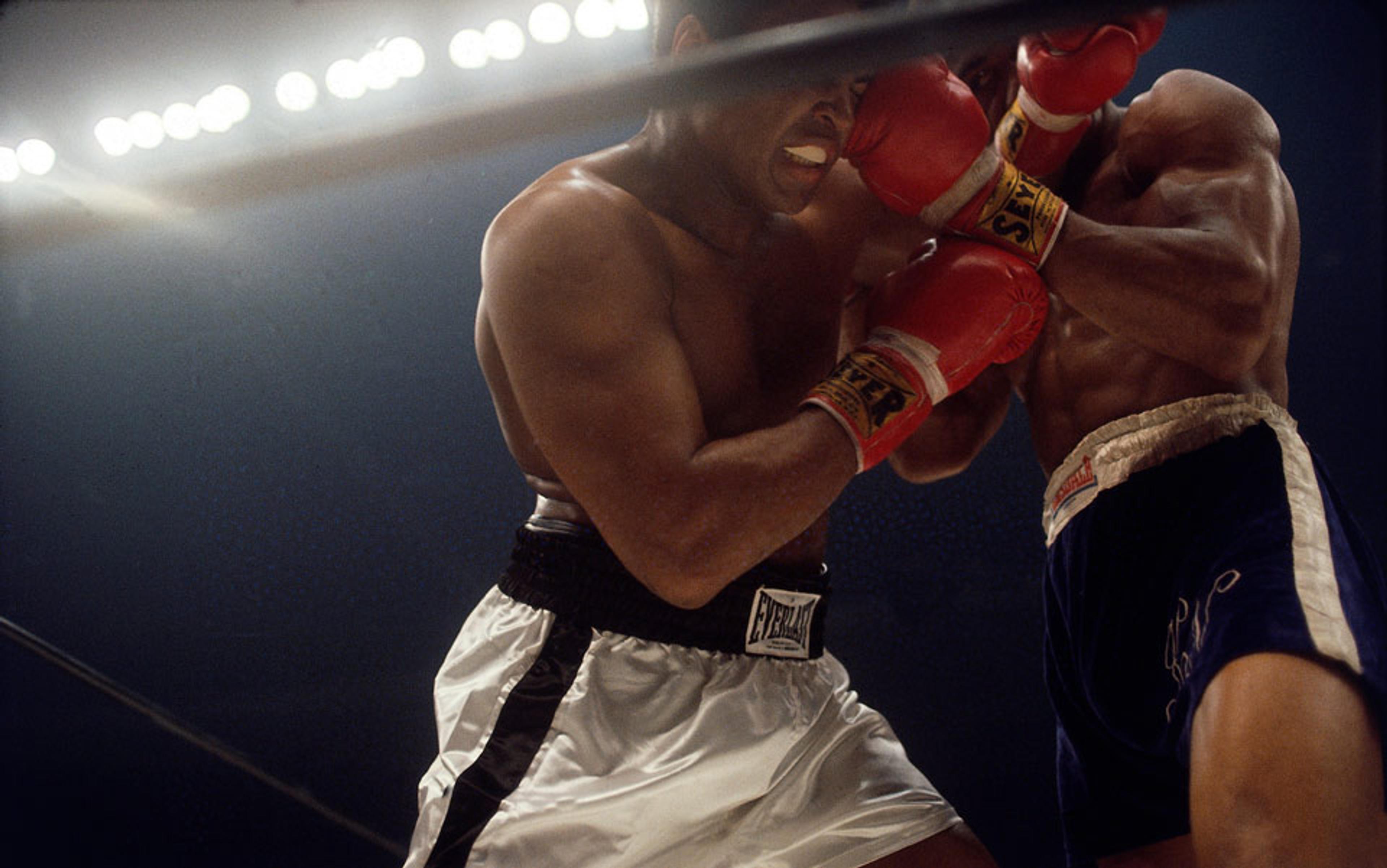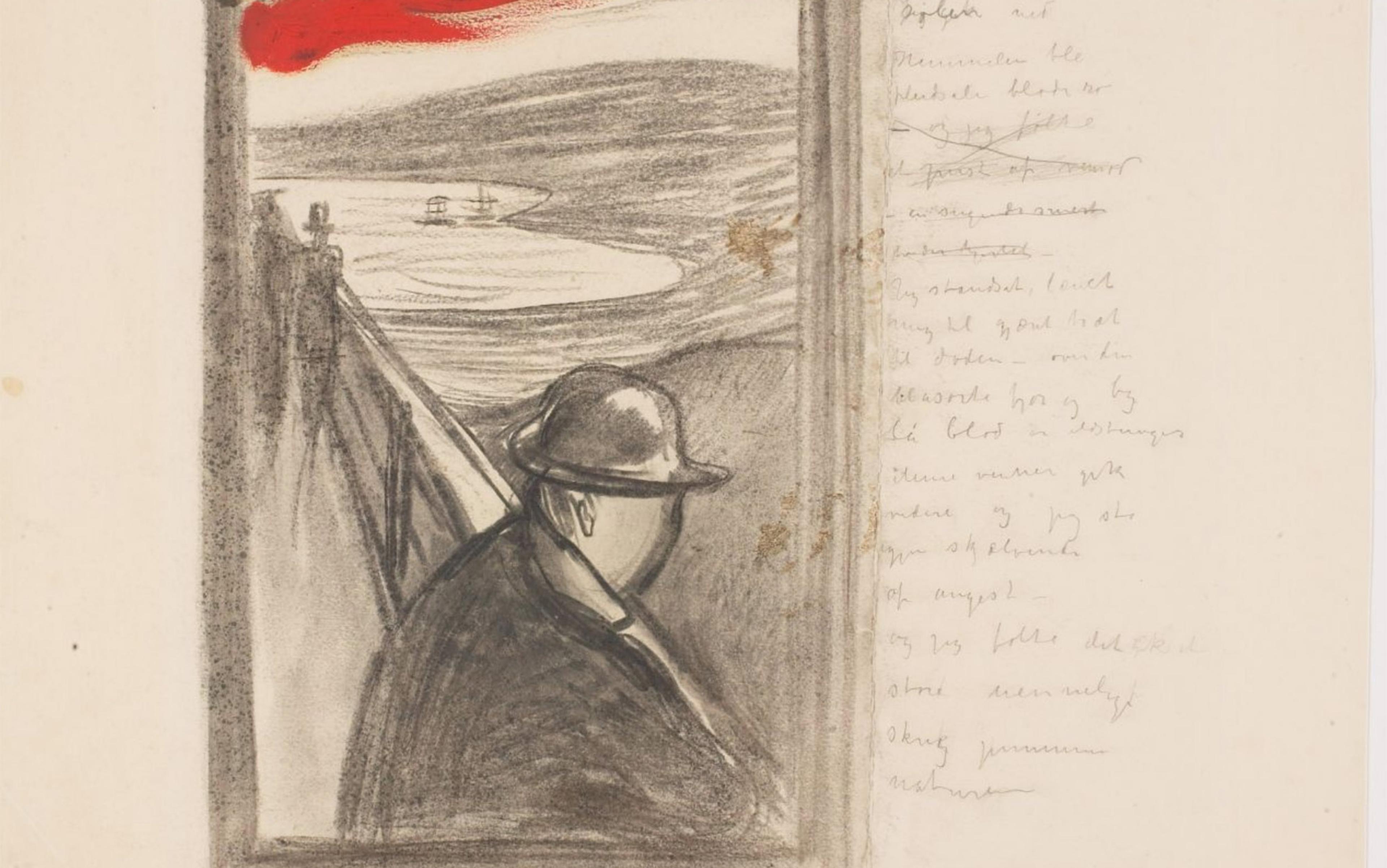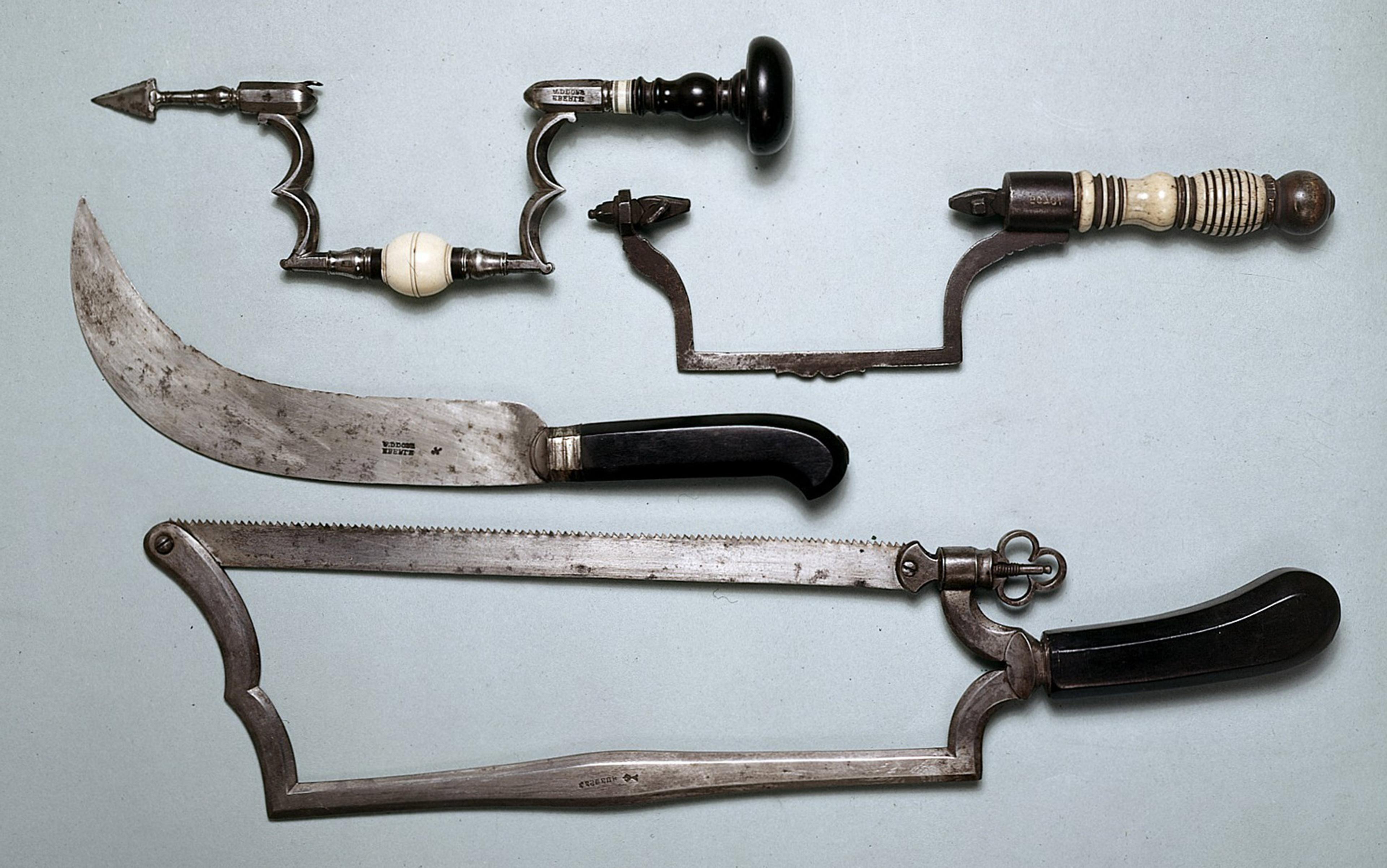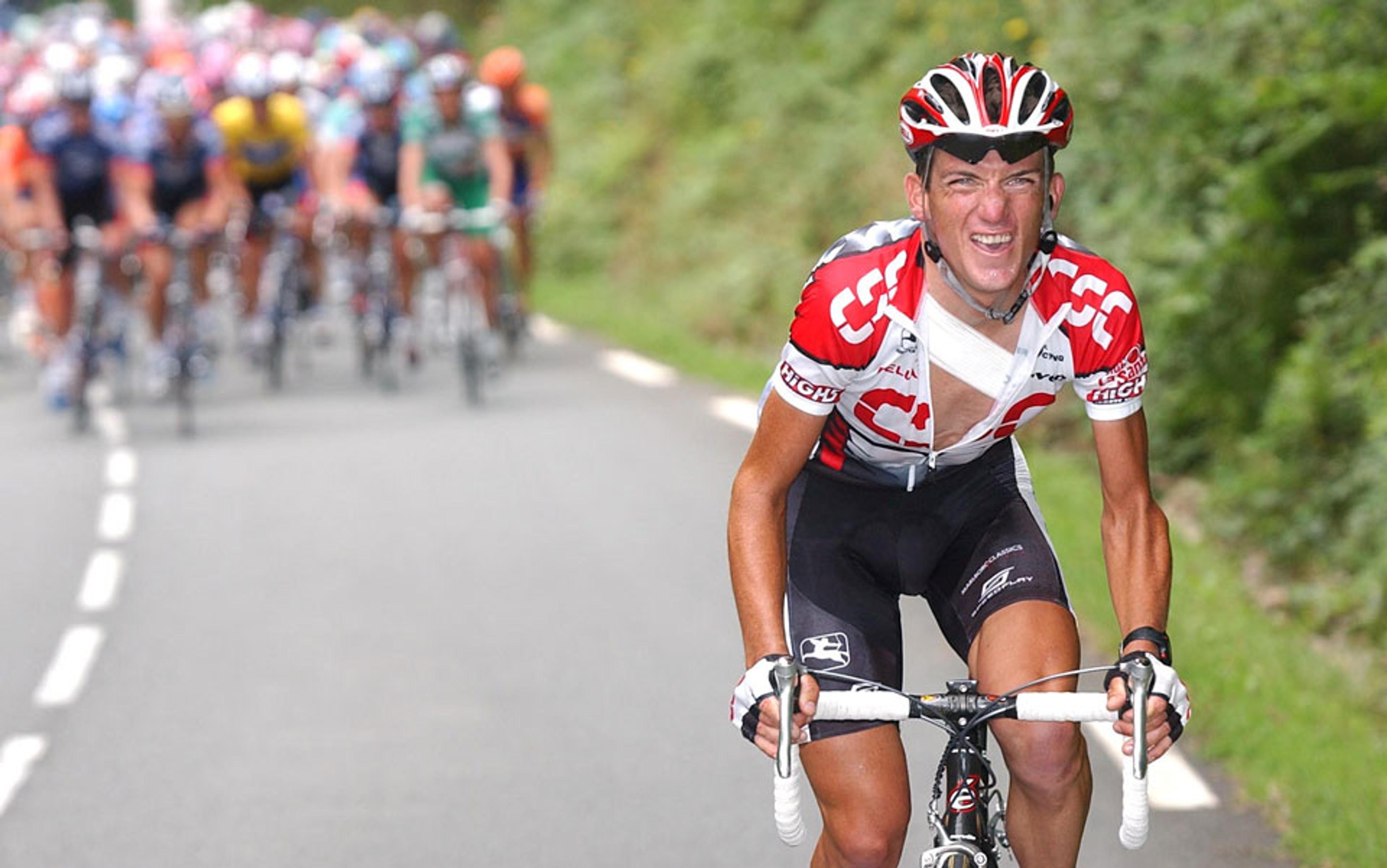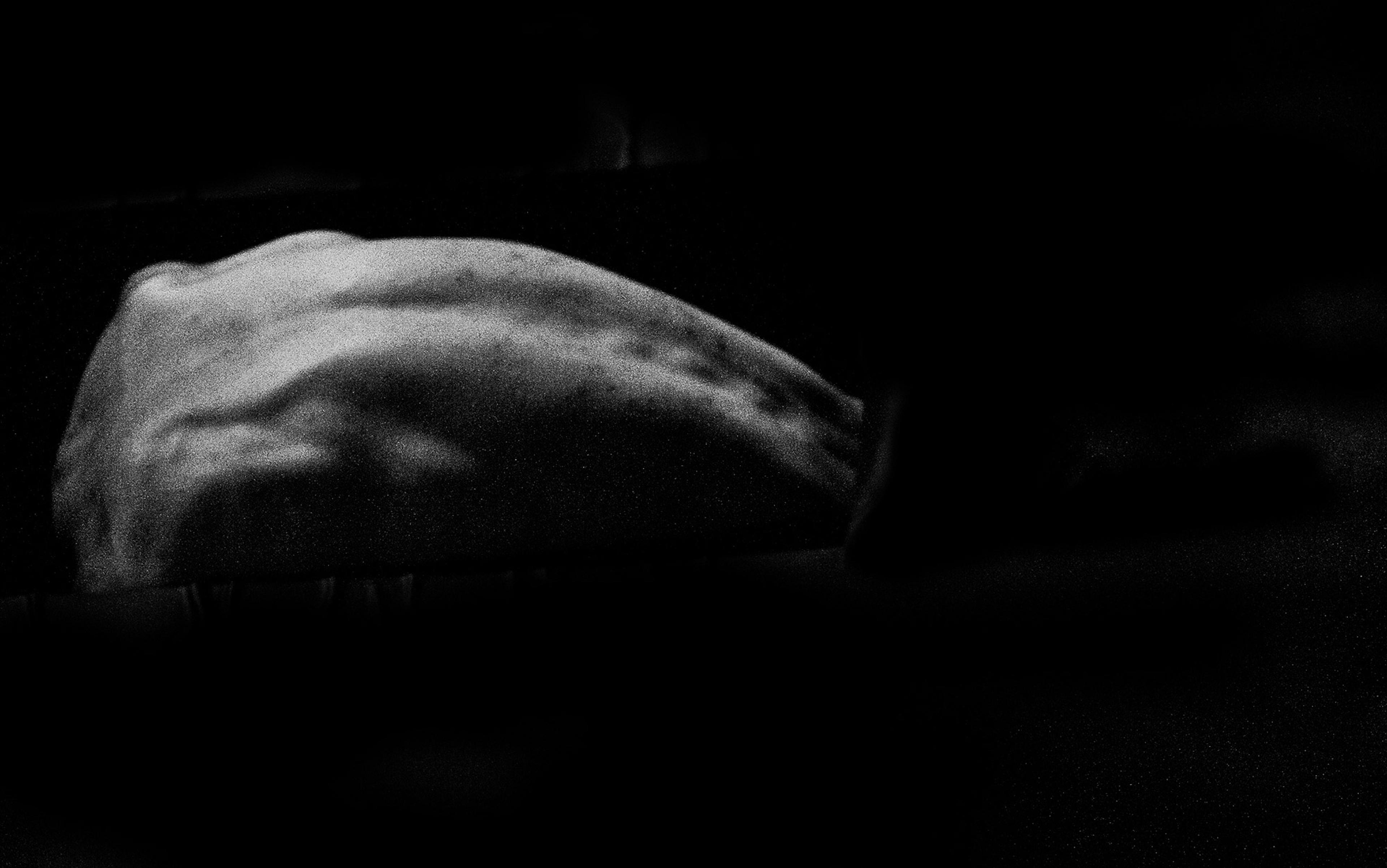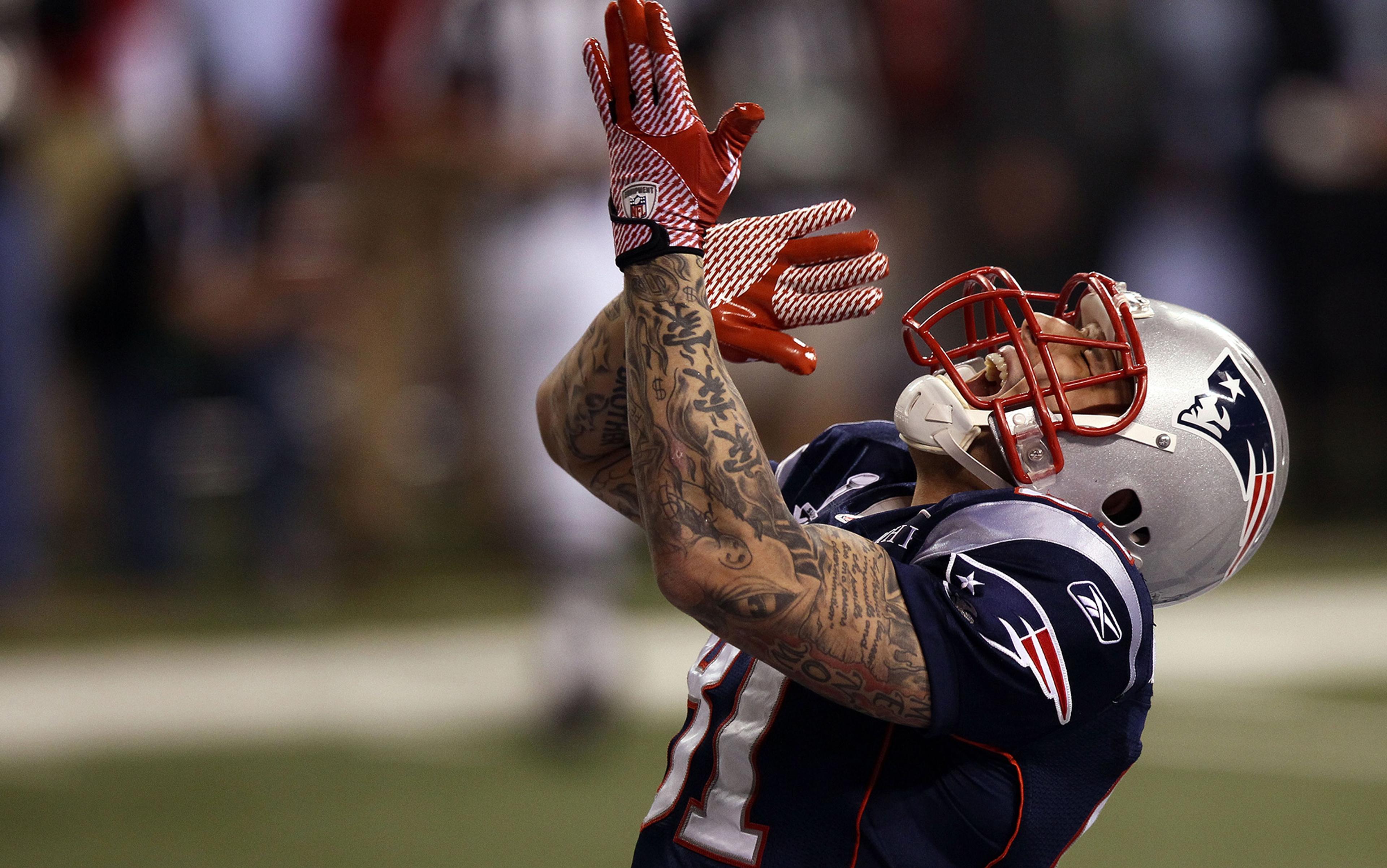The history of sport is full of suffering. In 1973, the boxer Muhammad Ali fought with a broken jaw for at least four rounds during his first historic bout with Ken Norton. In 1993, the American footballer Emmitt Smith played the entire second half of an NFL game with a first-degree separated shoulder, his arm hanging limply at his side as he ran for a heroic 168 yards. And in 1997, the basketball player Michael Jordan was delirious with fever when he scored 38 points in Game 5 of the NBA Finals, defying doctor’s advice to sit it out; after the final buzzer, Scottie Pippen had to carry Jordan off the court because he no longer seemed able to support his own body weight.
Why such a drive to suffer and endure? A study by the medical researcher Jonas Tesarz and colleagues at the University of Heidelberg in 2012 found that athletes had significantly higher pain tolerance than normally active people. And yet both groups had similar pain thresholds, the point at which a sensation is recognisable as pain. Training can’t make athletes numb to pain, but it can condition them to tolerate it. And that kind of self-overcoming seems somehow integral to sport itself – whether you’re playing through the soreness of a tightening back after hundreds of swings on a golf course or holding a bridge pose to escape a pin in the third round of a wrestling match. Even in a gentle game of badminton there is a subconscious understanding of just how far one’s body can go, as rising lactic acid levels make it harder for your muscle tissue to break down glucose. And of course, if you’re suffering, the chances are that your opponent is, too. Indifference to pain confers a tactical advantage.
‘I remember the best race I ever had where the pain was almost enjoyable because you see other people hurt more than you,’ one Olympic athlete admitted during a study of pain tolerance published in The Journal of Sport Behavior in 2007. ‘If nothing is going wrong and there are no mechanical problems during the race then sometimes you can just turn the volume up a little higher and then a little higher and other people suffer and you almost enjoy it, even though you are in pain.’
Japanese trainers have gone so far as to enshrine this marriage of pain and athletic discipline in the concept of taibatsu, which translates roughly as ‘corporal punishment’. In his piece on Japanese baseball for The Japan Times last year, Robert Whiting traces the concept to one Suishu Tobita, head coach of the fabled Waseda University team in the 1920s. Tobita advocated ‘a baseball of savage pain and a baseball practice of savage treatment’. Players nicknamed his practice sessions ‘death training’: ‘If the players do not try so hard as to vomit blood in practice,’ he said, ‘then they cannot hope to win games. One must suffer to be good.’ This ethos has survived into the present day. The Japanese-born New York Yankees pitcher Hiroki Kuroda, for example, has admitted that there were times in elementary school when his buttocks were beaten with a baseball bat until he couldn’t sit down.
In one sense, then, it appears that sport is largely about ignoring pain. And yet pain returns to assert itself in a strange and striking way when we look at the broader category of competitive play. Board and video games often leave a kind of symbolic place holder for it: the idea of it lends purpose to the contests. Of course it doesn’t hurt, exactly, when you get killed in Call of Duty or when you lose your queen in chess. Yet it does seem very natural to act as though it does – to wince, or gasp, or to clench one’s muscles in anticipation, or, if you’re on the other side of the equation, to exult in the imagined suffering of your opponent.
In a way, pain is one of the first games we learn. We live in an inverse relation to it, claiming as ideal any form of civilisation in which the possibility of experiencing pain is minimised. It is the first and most fundamental rule we learn to follow through free will, something that roots our lives in an inescapable game-like quality. We are always ruled by pain, and those capable of breaking its hold for a few moments become our heroes, role models, and victors.
In Rules of Play: Game Design Fundamentals (2003), Eric Zimmerman and Katie Salen define a game as ‘a system in which players engage in an artificial conflict, defined by rules, that results in a quantifiable outcome’. In physical spaces, playful conflict leads to the agonising exertions of sport. In the more abstract arenas of video and board games, conflict arises from constraints that produce irritation and frustration and the intellectual pain of failure. As the game critic Jesper Juul observed in The Art of Failure (2013): ‘Some failures hurt more than others do.’ But what exactly is this pain of failure? It is simply an experience of personal shortcoming – and, as Juul notes, it is odd that we choose to subject ourselves to it.
Yet games exercise their peculiar hold over us precisely by offering both the unpleasant experience itself and its antidote in one package. Games, Juul argues, ‘motivate us to play more in order to escape the same inadequacy, and the feeling of escaping failure (often by improving our skills) is central to the enjoyment of games’. In summary, they have their own special kind of pain, distinct from the physical pain that we also find in sport. And unlike sports training, which drives the athlete to press on through his suffering, games teach us to avoid the merely imaginary pain of failure. In sport, we ignore the literal agonies of the body in order to protect ourselves from the symbolic pains of defeat.
Then again, is the pain of failure really so imaginary? A study by the psychologist Naomi Eisenberger and colleagues at the University of California, Los Angeles in 2003 took fMRI scans of participants in a simple ball game. It found that those who were eventually dropped from their teams had more neuronal activity in their anterior cingulate cortex (ACC), a brain region that commonly responds to physical pain stimuli. In one study published in Nature Neuroscience, the ACC was found to respond both when the subjects had their fingers pricked with pins, and when the subject watched the fingers of another person being pricked. Most surprisingly, the neurons in the test subjects actually became active just before their own fingers were pricked again, suggesting an anticipatory mechanism that is sensitive to the mere suggestion of physical pain.
We begin to discern a complex relationship between symbol, interpretation, and direct stimulus, all working in parallel – but not always in concert – to produce a variety of different experiences. In Feeling Pain and Being in Pain (2007), the philosopher Nikola Grahek traces the paradoxes of pain to their biological roots – a series of neurological parallel operations whose interrelation gives pain its full character. The brain receives signals from nociceptors, nerve endings that are activated by painful or noxious stimuli. The brain handles these signals in several parallel processes that allow a person to become conscious of the feeling, understand that the stimulus is potentially harmful, activate some motor movement to withdraw from the pain, and initiate a number of secondary responses such as the release of adrenalin or sweat.
It turns out that the ability of some of these systems to communicate with one another can be disrupted, radically altering a person’s concept of what pain is. In some cases, lesions in the brain can lead to a condition called pain hypersymbolia. As Grahek writes, one such patient was:
no longer able to discriminate between visual stimuli that were threatening and those that were not. Every visual stimulus approaching his hand would, under any conditions, be assessed by him as a potentially dangerous stimulus.
Grahek also explores the opposite condition – pain asymbolia – in which lesions in a particular part of the brain impair a person’s ability to ‘attach appropriate emotional significance to painful stimuli’. A pain asymbolic can feel when he is in a painful situation – for example, that he is burning his hand over a hot flame – but the sensation doesn’t register as symbolically threatening. That is to say, it doesn’t trigger any subsequent defence mechanisms, such as panic or a reflexive muscle contraction to withdraw the hand. It hurts, but the pain doesn’t mean anything.
At their most disconcerting, pain asymbolics can actually laugh as painful stimuli are applied to their body. The condition is common among leprosy patients, so much so that in the 1970s it prompted one doctor – Paul Brand – to attempt to build an artificial pain recognition system to prevent patients from harming themselves. Brand devised a network of tiny metal transducers placed around the affected area of the body, each sensitive to heat and pressure. When conditions passed a certain threshold of intensity, the transducer sent an electrical signal to alert the patient.
As a piece of engineering, Brand’s system worked quite well, but his patients didn’t like it. They saw it as a nuisance rather than a lifesaver, and would often disconnect it when it interfered with their ability to complete a task. Describing the project in The Gift of Pain (1993), written with Philip Yancey, Brand recalls how his patients saw the warning shocks as ‘punishment for breaking the rules’. ‘They responded with resentment, not an instinct of self-preservation, because our artificial system had no innate link to their sense of self,’ he wrote. His co-author Yancey came to the bleak conclusion that any version of the system that allowed the patients freedom of choice was ‘doomed’.
Pain asymbolics often smile or laugh in recognition of painful stimuli that seem like a comic ‘false alarm’
In Homo Ludens (1938), the Dutch cultural historian Johan Huizinga defined the spoilsport as someone who robs play of its illusion. It is tempting to regard Brand’s pain asymbolics as something analogous to cheaters in a game, players who step outside the illusions of our biological pain narratives to win by whatever means they like. Freed from the tyranny of pain, they can ignore the obstacles that others must anguish over. They are like the chess player who lifts a pawn all the way across the board to capture his opponent’s king.
But perhaps Brand’s rig artificially recognise pain would have had a better chance of success were it connected to an actual game system. If the patients were given explicit goals and measurable data stored in something like a life bar, they could compare performances and strive to better themselves. Denied the regulatory influence of real pain, could they still experience the pain of failure? If the impulse to play games depends on the notion that pain is already meaningful, what meaning can its symbolic form have when it intrudes on non-competitive acts?
Grahek draws a comparison between pain asymbolia and analgesia, in which patients cannot even identify stimuli as painful. Pain asymbolics, in contrast, can very clearly identify pain, they just do not suffer from it. Where congenital analgesics tend to exhibit little or no behavioural reaction, pain asymbolics often smile or laugh in recognition of painful stimuli that seem like a comic ‘false alarm’. These stimuli might vary from needle pricks to hands submerged in cold water, from forced headaches to injections of histamine phosphate. ‘The only conclusion that one is entitled to draw from [pain asymbolia],’ Grahek writes, ‘is that pain sensation comes to nothing when it is disconnected from its affective, cognitive, and motor aspects.’
This is where the situation of sport seems especially peculiar. It both asserts and denies the reality of pain. In their studied indifference to suffering, sportspeople superficially resemble the pain asymbolic. Yet the latter does not seem like a hero when he ignores the pain he feels, because there was never any question that it might throw him off course. Athletes, by contrast, achieve the illusion of imperviousness only by surrendering their bodies to passions from the symbolic plane. Sport opens a space where we can imagine what might be possible if we were freed from the physical mechanisms that keep us in place, ensuring we remain more body than symbol. The more painful our attempts to reach outside ourselves, the more sense it makes to remain as we were.
